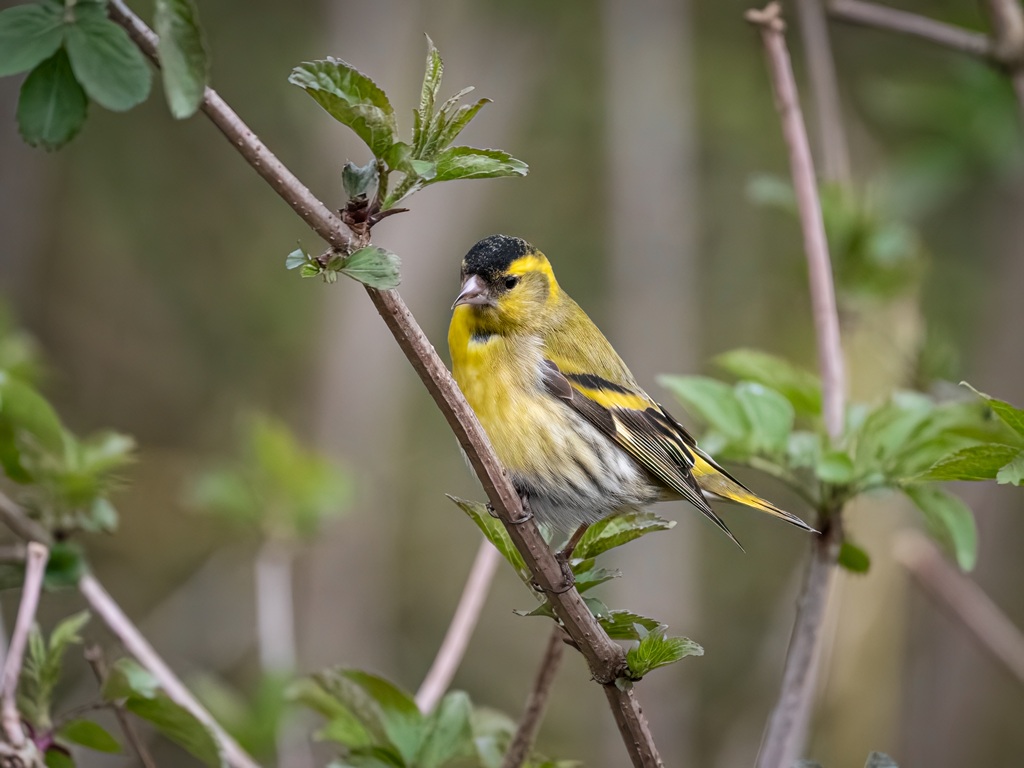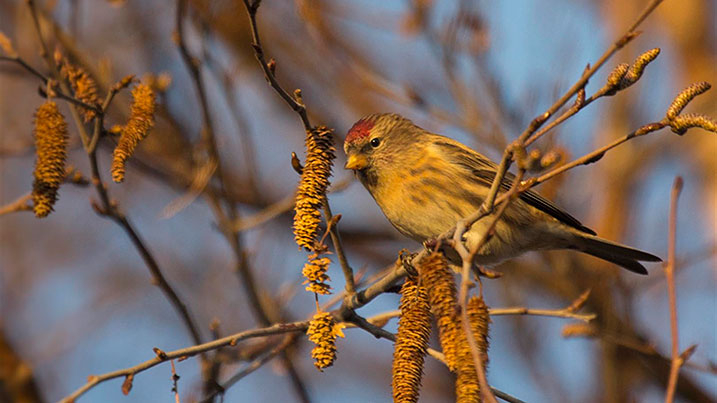Recent Sightings - 23rd September 2019

Across the crisp, clear autumn air the mournful cry of a Buzzard is frequently heard. Having recovered from a significant decline in the last 100 years in the UK & Ireland, the Buzzard is thriving again and it's distinctive call is part of the living landscape of the reserve.
These birds soar high in the air on thermals, updraughts of warm air which the carry the birds higher (much easier than flying up there!), to gain an excellent vantage point to find food. Buzzards will hunt small birds and mammals, but predominately eat carrion. And will even, after a rain, gorge themselves on emerging Earthworms! Keep your eye on the sky to see our most common bird of prey at Castle Espie.
Out on the Lough, Brent numbers are still on the increase. Over 1600 counted this morning. Waders and other wildfowl numbers are also on the increase as we head deeper into autumn.
Count was taken just after High Tide.
Estuary - visible from the Brent Hide and the Limekiln Observatory
Knot 20, Curlew 20, Black-headed gull 25, Oystercatcher 60, Brent Geese 1600+, Greylag goose 37, Eider 35
Main lake - visible from Sensory garden and Visitor centre
Mallard 235, Tufted duck 17, Gadwall 2, Coot 2, Greylag 37
Shingle Bank - visible from Sensory garden and Visitor centre
Mallard 64, Teal 2
Wadermarsh - visible from Wadermarsh lookout and Brent Hide
Black-headed Gull 2, Mallard 2, Teal 40,
Freshwater Lagoon - visible from Brent Hide and Crannog
Mallard 18, Teal 3, Little Grebe 1
Saline Lagoon - visible from Limekiln observatory
Little Grebe 3
Brickworks
Goldfinch c.20
Limestone Lake
Little Grebe 1
Peninsula field and Saltmarsh
Buzzard 2, Reed Bunting 10, Starling 30
Woodland
Blackbird, Wren, Dunnock, Robin, Blue tit, Great tit, Coal tit, Goldcrest, Chaffinch, Wood pigeon, Little Egret
Butterflies
Red Admiral, Painted Lady, Peacock, Small Tortoiseshell, Speckled Wood, Large White



